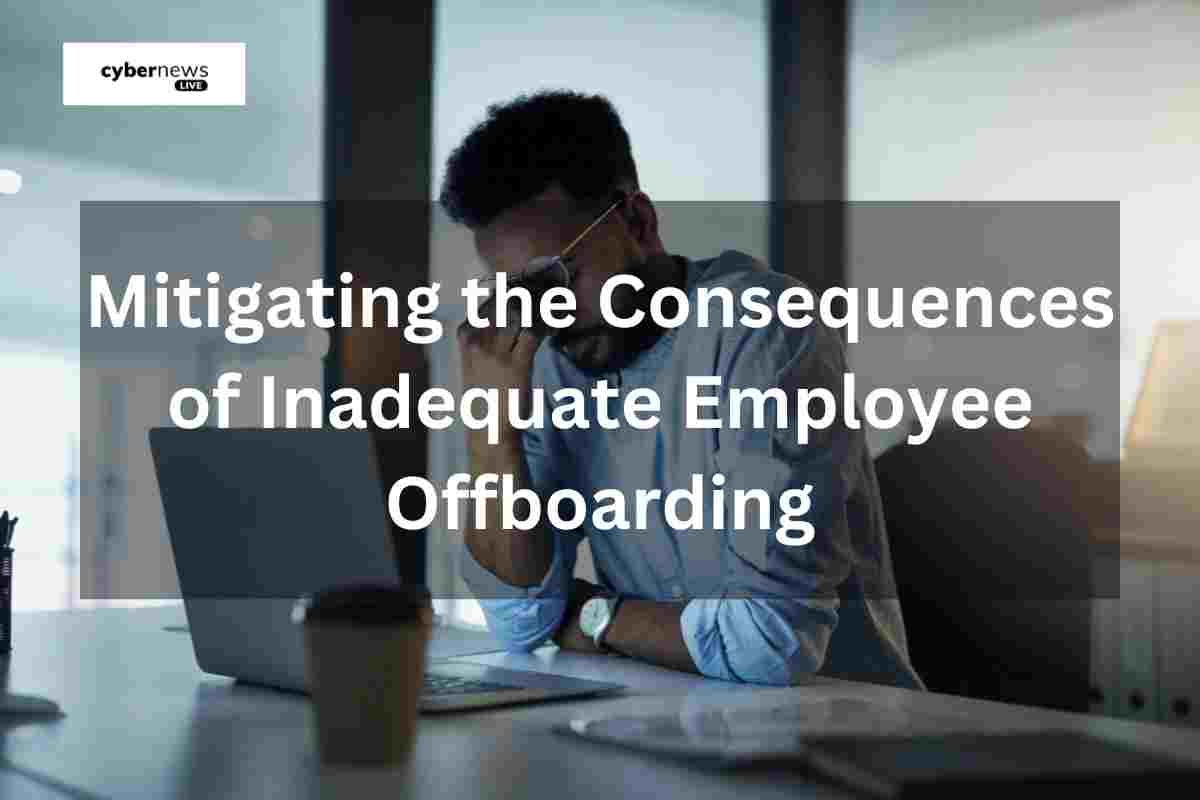
The Ultimate Guide to Secure Employee Offboarding
In today’s data-driven world, poor employee offboarding practices can become an open door for cyber threats, data leaks, and reputational damage. Whether it’s a resignation, layoff, or termination, how an employee exits your organization plays a critical role in maintaining operational and data security.
What is Employee Offboarding and Why It Matters
Employee offboarding is the structured process followed when a person leaves a company. This includes revoking access, collecting equipment, updating records, and holding exit interviews. Done properly, it reduces risk, ensures continuity, and protects your brand.
Key Benefits:
- Secures sensitive data and intellectual property
- Maintains legal and regulatory compliance
- Preserves organizational reputation and continuity
Security Risks During Layoffs
Layoffs create heightened risk due to emotional volatility and disrupted workflows. Common threats include:
- Unauthorized access: Forgotten credentials or inactive accounts
- Insider threats: Disgruntled employees leaking or stealing data
- Social engineering: Cybercriminals are manipulating laid-off staff
- Phishing: Laid-off employees are more vulnerable to deception
- Reputation damage: Mishandled exits reflect poorly on the company
Employee Offboarding Security Checklist
- Revoke access immediately: Email, software, VPN, and physical access
- Backup data: Archive user files before account deletion
- Change shared passwords: Especially on collaborative platforms
- Recover equipment: Use asset tracking and return protocols
- Wipe devices clean: Remove personal and sensitive data
- Conduct exit interview: Gather insights and flag concerns
- Update records: HR, payroll, benefits, and IT systems
Best Practices for Secure Offboarding
- Prepare a documented checklist: Clarify responsibilities across departments
- Tailor processes to exit scenarios: Resignation, layoff, death, or termination
- Begin knowledge transfer early: Ensure continuity by training replacements
- Collect company property: Devices, cards, keys, and software access
- Delete user accounts and personal data: Stay compliant with laws like GDPR
A Branding Opportunity, Not Just a Task
Effective offboarding shapes how former employees speak about your brand. Treating them with respect, even during tough transitions, leaves the door open for future collaboration and enhances your employer reputation.
Conclusion
Secure employee offboarding is a strategic process, not just an administrative formality. With the right plan, tools, and awareness, businesses can protect themselves from avoidable risks while maintaining a positive brand image.
Stay informed and empowered with Cyber News Live! Join us for insightful discussions, expert analysis, and valuable resources that promote cyber awareness and safety in education. Don’t miss out—tune in to Cyber News Live today!

